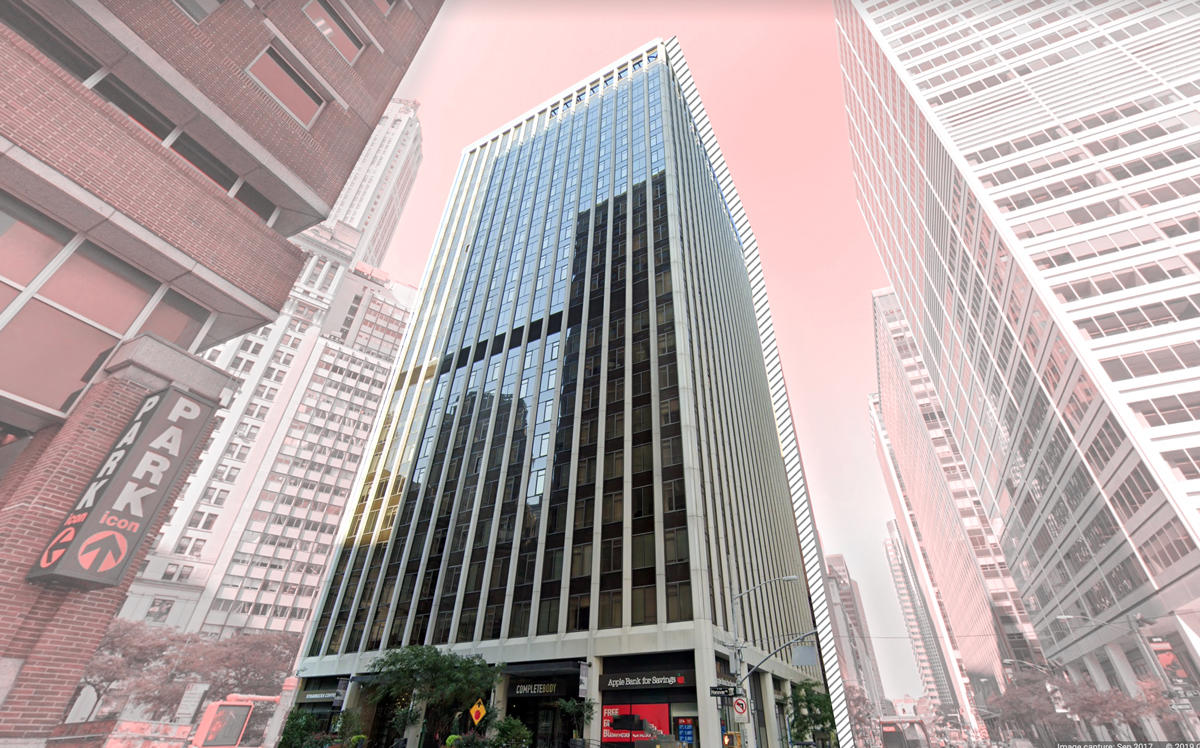This page was last updated Oct. 7 at 8 a.m.
Two tenants at a building in the Financial District are suing their landlord over alleged violations of New York’s rent stabilization laws.
Bruce Hackney and Timothy Smith, who live at 10 Hanover Square, are suing their landlord UDR Inc., saying it violated the 421-g tax benefits program, which provides tax breaks for landlords but also requires — according to a recent court ruling — that tenants get rent-stabilized leases.
The two men say they did not receive a rent-stabilized lease when they moved into their apartment, and they have not been provided with rent-stabilized renewals, either, according to the suit.
“A rent-stabilized lease is like a unicorn,” said Hackney, “and if you have an opportunity to corral a unicorn and capture a unicorn, you do it.”
The building has almost 500 units, but as of June, none of them was listed as rent-stabilized in UDR’s tax filings, the lawsuit says. A state judge had previously ruled that UDR could use luxury deregulation to exempt units at 10 Hanover Square from New York’s rent stabilization program, and the decision was upheld on appeal. However, on June 25 the state’s highest court ruled against this interpretation, paving the way for the lawsuit by Hackney and Smith.
Landlords who receive 421-g benefits now must provide their tenants with riders explaining what the tax credit is and when it expires. If the riders aren’t included the tenants are entitled to rent-stabilized leases for as long as they live in their apartment, according to court papers. The suit claims that Hackney and Smith are entitled to a rent-stabilized lease for the rest of the time they stay in their apartment.
The apartments are also not registered with the Division of Housing and Community Renewal even though they are supposed to be, the lawsuit says. This was “part of a fraudulent scheme to deregulate the apartments in the building,” according to the suit.
Hackney and Smith are asking the court to provide them with financial relief and prevent UDR from continuing to violate New York’s rent laws.
Representatives for UDR did not immediately respond to a request for comment.
The news site the City first reported on Hackney and Smith’s living situation, writing in August that they had been preparing to move out of their $4,700 one-bedroom apartment until getting a letter this year saying they would be eligible for a rent-stabilized lease under the 421-g program. The 1990s-era abatement was created to help convert downtown office buildings into residential buildings.
Lucas Ferrara, an attorney at Newman Ferrara and adjunct professor at New York Law School, is representing the tenants.
“Unfortunately, this is just more of the same old, same old,” he said. “Yet another major landlord caught red-handed, sidestepping New York City’s rent regulation because of its avaricious motivations.”
But Sherwin Belkin, a landlords’ attorney not involved in the UDR case, argued that the property owner’s position was reasonable, given that it was twice upheld unanimously by the Appellate Division before the Court of Appeals ruled 6-1 against it.
